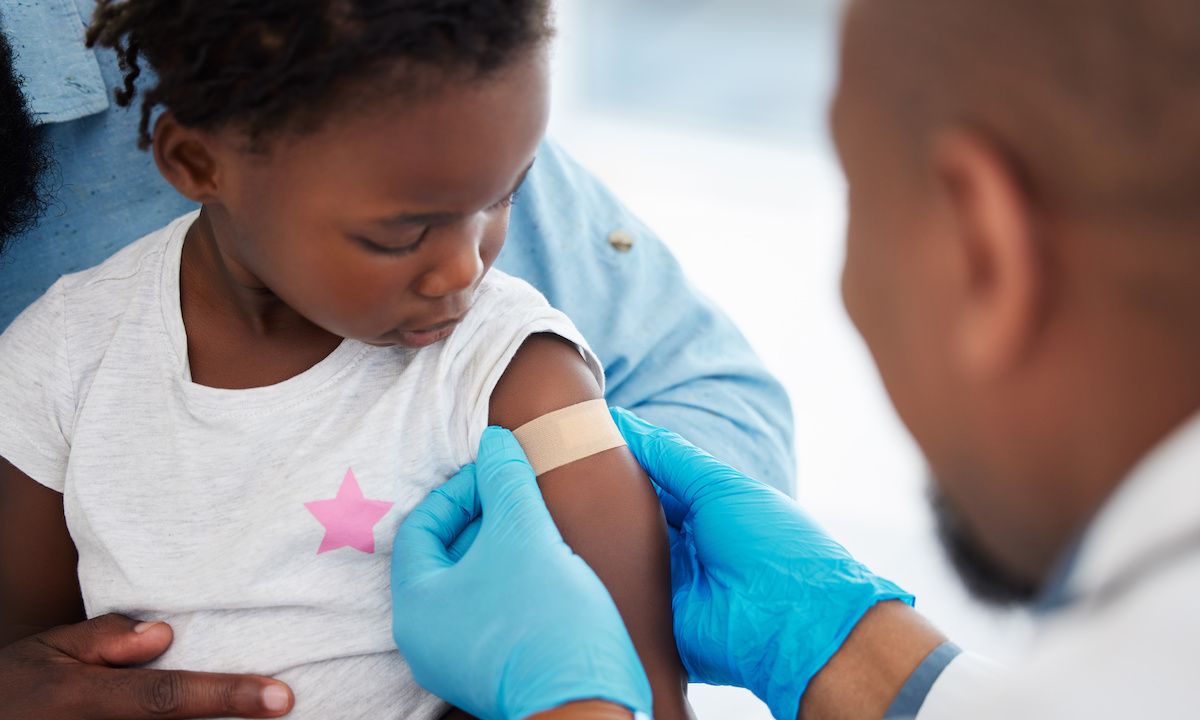Article
CDC Data Chart Rises in Health Care–Associated Infections Throughout 2020
Author(s):
New CDC data show an increase in some health care–associated infections during COVID-19.
Throughout the first year of the COVID-19 pandemic, US hospitals experienced an increase in health care–associated infections (HAIs), reversing encouraging trends seen in recent years, new CDC data show. Findings were published in Infection Control & Hospital Epidemiology.
To expand upon early data reported in the first months of the pandemic, researchers at the National Healthcare Safety Network (NHNS) calculated national and state standardized infection ratios (SIRs) for each quarter (Q) of 2020 and compared findings with those recorded in 2019.
“Nationally, from 2015 to 2019, there have been consistent, significant reductions in the SIRs for central-line–associated bloodstream infections (CLABSIs), catheter-associated urinary tract infections (CAUTIs), and C difficile infection laboratory-identified (LabID) events,” authors wrote.
In addition, “some significant year-to-year decreases have also been observed in methicillin-resistant Staphylococcus aureus (MRSA) bacteremia LabID events since 2010,” although few changes have been observed in rates of ventilator-associated events (VAEs).
To determine SIRs, investigators divided the number of reported infections in acute care hospitals (ACHs) by the number of predicted infections, using national data from 2015 as a baseline. The analysis included data reported up until April 1, 2021.
The majority of ACHs that reported HAI data in 2019 continued to do so in 2020, and reporting levels during the latter half of 2020 were similar to those seen in the prepandemic period for most HAIs.
“Between 86% and 88% of hospitals that conducted surveillance for CLABSI, CAUTI, MRSA bacteremia, or CDI [Clostridioides difficile infection] during 2019-Q1 or 2019-Q2 also reported surveillance data for 2020-Q1 or 2020-Q2. Larger declines in the number of reporting hospitals were seen for VAE (22%-25% drop) and surgical site infection (SSI) (25%-36% drop) surveillance,” researchers found.
Analyses revealed:
- In 2020-Q3, there were 4460 CLABSIs reported, representing a 53% increase compared with the 2911 events reported from the same hospitals and locations in 2019-Q3.
- The national CAUTI SIR steadily increased from 2020-Q1 to 2020-Q4, ranging from 0.59 in Q1 to 0.82 in Q4.
- Significant increases in the national VAE SIRs were observed in all 4 quarters of 2020 compared with 2019, with the largest increase of 45% occurring in Q4.
- Compared with 2019, central-line and urinary catheter usage were significantly higher in 2020-Q2 through 2020-Q4, and ventilator usage was significantly higher in all 4 quarters of 2020.
- The national SIRs for MRSA bacteremia were significantly higher in 2020-Q2, 2020-Q3, and 2020-Q4 compared with 2019, with the 2020 SIRs ranging from 0.77 in Q1 to 1.07 in Q4.
- No significant increases in national quarterly SIRs were seen for SSI or C difficile for any quarter in 2020 compared with 2019.
Changes in SIR varied by quarter and state, authors noted, adding that the largest increase was observed for CLABSI. Significant increases in VAE incidence and ventilator utilization were also seen across all 4 quarters of 2020, they said.
As the CMS Hospital-Acquired Conditions Reduction Program implements reporting requirements, data included in this analysis are largely representative of ACHs in the United States.
Longer patient lengths of stay, additional comorbidities, and longer duration of device usage in 2020 could have all contributed to increases in device-associated infections. Notably, almost all states with a high COVID-19 hospital admission burden “observed increases in their 2020-Q2 CLABSI and VAE SIRs compared to 2019, most of which were statistically significant.”
When it comes to C difficile infection, decreases in SIRs were observed in 2020 compared with 2019. This could have been due to increased focus on hand hygiene or patient isolation resulting from COVID-19 preventive measures that were implemented.
Rates of infections recorded in critical access and long-term ACHs were not included in the current analysis, marking a limitation to the study. Results are thus not representative of all HAIs in the United States that occurred in this time frame.
“The year 2020 marked an unprecedented time for hospitals, many of which were faced with extraordinary circumstances of increased patient caseload, staffing challenges, and other operational changes that limited the implementation and effectiveness of standard infection prevention practices,” researchers wrote.
“Infection prevention staff should continue to reinforce infection prevention practices in their facilities, and consider the importance of building resiliency in their programs to withstand future public health emergencies,” they concluded.
Reference
Weiner-Lastinger LM, Pattabiraman V, Konnor RY, et al. The impact of coronavirus disease 2019 (COVID-19) on healthcare-associated infections in 2020: a summary of data reported to the national healthcare safety network. Infect Control Hosp Epidemiol. Published online September 3, 2021. doi:10.1017/ice.2021.362




